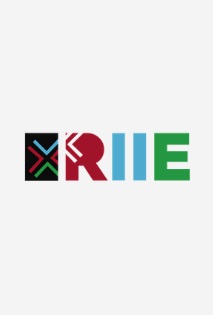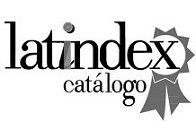School trajectories and tactics of two young Roma in front of an exclusive scenario in the Czech Republic
DOI:
https://doi.org/10.30972/riie.10134076Keywords:
school trajectories, Roma students, exclusion, tacticsAbstract
Based on an experience as an exchange student in Czech Republic within the framework of an agreement of the Faculty of Philosophy of Hradec Kralové and the Faculty of Humanities of the Universidad Nacional del Nordeste in 2013, I started a research about Roma community, emphasizing the experiences of two students: Darb and Filip. At first, I pretend to contextualize the reality of the romaní in the Czech Republic, picking up the questions I asked myself as an exchange student and then detailing the background and statistics that show the situation of Roma exclusion. From this contextualization and in dialogue with the problematized by Briones (2001) and Susan Wright (1998) I intend to emphasize how states produce their "other inmates" and how "cultural" is used as a political tool to legitimize and perpetuate inequalities. Based on this contextualization, I try to retake the school trajectories of Darb and Filip, and the experience of the “Khamoro” Roma Festival, with the intention of thinking about the practices (Bourdieu, 2008), the daily life of the subjects, as De Certeau (1996) pretends, giving the possibility to those experiences understood as tactics that in contexts of subordination take advantage of the power gaps imposed allowing daily victories. In this case, survival and assistance within the school system. school trajectories, Roma students, exclusion, tactics.Downloads
Download data is not yet available.
Downloads
Published
2019-12-23
How to Cite
Michelini, A. M. (2019). School trajectories and tactics of two young Roma in front of an exclusive scenario in the Czech Republic. Revista Del Instituto De Investigaciones En Educación, 10(13), 6–23. https://doi.org/10.30972/riie.10134076
Issue
Section
Artículos basados en investigación empírica
License
Aquellos autores/as que tengan publicaciones con esta revista, aceptan los términos siguientes:
- Los autores/as conservarán sus derechos de autor y garantizarán a la revista el derecho de primera publicación de su obra, el cuál estará simultáneamente sujeto a la Licencia de reconocimiento de Creative Commons que permite a terceros compartir la obra siempre que se indique su autor y su primera publicación esta revista.
- Los autores/as podrán adoptar otros acuerdos de licencia no exclusiva de distribución de la versión de la obra publicada (p. ej.: depositarla en un archivo telemático institucional o publicarla en un volumen monográfico) siempre que se indique la publicación inicial en esta revista.
- Se permite y recomienda a los autores/as difundir su obra a través de Internet (p. ej.: en archivos telemáticos institucionales o en su página web) antes y durante el proceso de envío, lo cual puede producir intercambios interesantes y aumentar las citas de la obra publicada. (Véase El efecto del acceso abierto).






.jpg)


